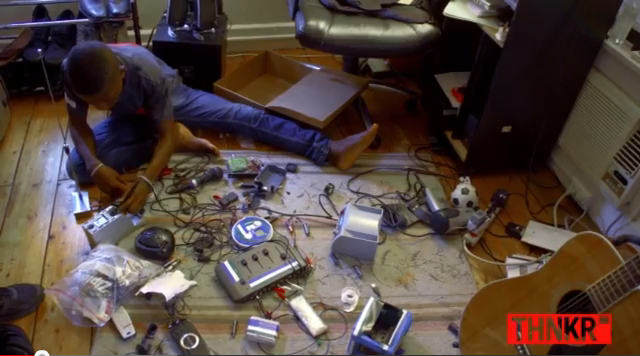I’ve spent the last several days at the EARCOS Education Leadership Conference in Kuala Lumpur. It’s been an interesting conference for heads of school and board members of international schools from throughout East Asia.
They’ve been working me pretty hard, but I have had the opportunity see some friends, make some new ones and attend some sessions. Milton Chen delivered the opening keynote address, my first time seeing him speak. The second day was opened by Alan November, perhaps the best keynote I’ve seen him deliver. He shared an idea that he had suggested during the pre-conference workshop I facilitated on Wednesday (I think it was Wednesday). Probably more on that later…

But it was Greg Whitby’s keynote on the third day that really spoke the most “truth to stupid” that I’ve heard in a long time. The notes I took using Mindo on my iPad are available here (see right).
Since the Internet access was spotty, at best, throughout the conference, I was not able to tweet statements out that I wanted to. So I thought I would just tweet them here with a few more than 140 characters of commentary.
We shouldn’t be talking about schools of the future.
First of all, we have no way of knowing what schools of the future will look like. What we need to be addressing is the schools our children need right now.
Whitby, in comparying industrial age schooling with what’s more relevant to today’s children, he said that we need to..
Make learning compulsory and attendance optional.
It’s an excellent shakabuku., but its practice would need to be explained, if possible. Still, like so much of the conversation I’m witnessing at conferences today, the focus is on the learning.
Whitby also warned that we have to get this right and do so with a compelling narrative. If we don’t, then someone else (Silicon Valley) will step in, and…
What we could get is good technology, but poor pedagogy.
This rang my HackEducation bell and the ongoing reporting of Audrey Waters. But then he said something that I’m still trying to wrap my brain around. He said that,
The more personalized the education experience, the more we know about the learner and the quality of the learning.
I’m not sure how this works except that personalized learning may result in more conversation between teachers and individual learners.
Another very simple statement that doesn’t need much expiation was that
Schooling today is (1) personalized, (2) de-privatized, (3) technology-invisible and (4) agile.
It was odd, a video that Whitby played during his keynote, about a school in Australia 250 students in one enlarged classroom and several teachers. You see we were taught about “open learning spaces” when I was in education school more than 35 years ago. I student-taught in an open space with a team of teachers. The the problem was that we didn’t have a new narrative to attach the concepts to. It stood no chance. Today we’re trying to write and tell that story –– and we’d better not get it wrong.
 Many millionares and billionares got their start as teenagers by investing right, and starting the right business at the right time. All teens get money in some way, whether it is through an allowance, gifts, jobs, or a combination of the above. But it is important to begin good habits at an early age. It is important to begin saving early, but continue spending, but doing so healthy.
Many millionares and billionares got their start as teenagers by investing right, and starting the right business at the right time. All teens get money in some way, whether it is through an allowance, gifts, jobs, or a combination of the above. But it is important to begin good habits at an early age. It is important to begin saving early, but continue spending, but doing so healthy.



